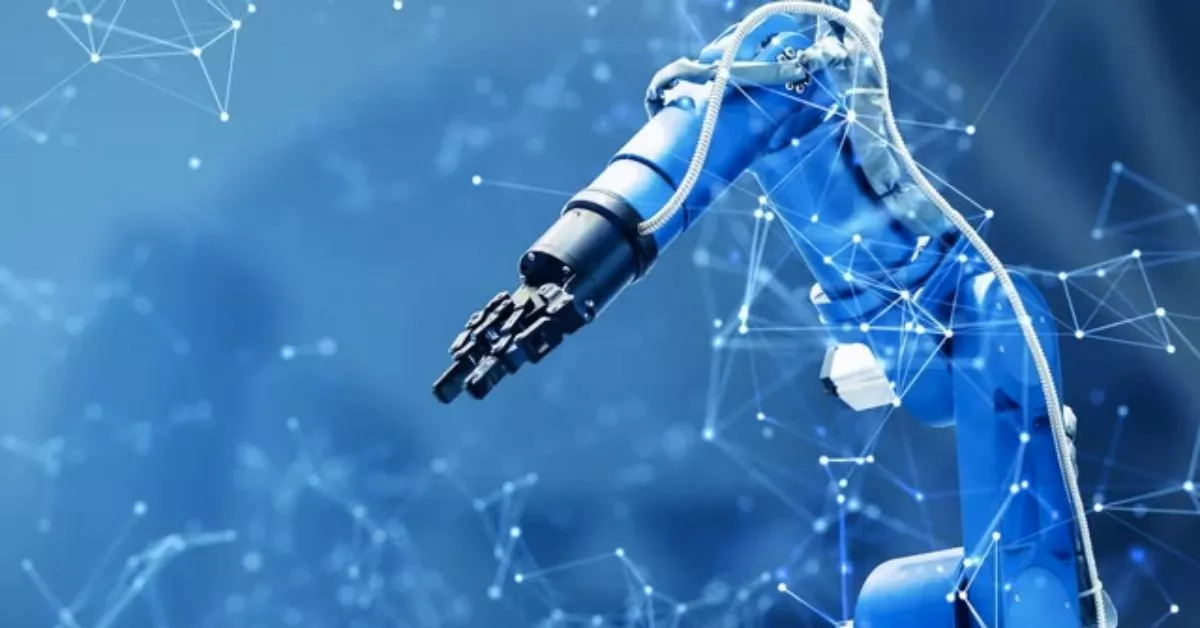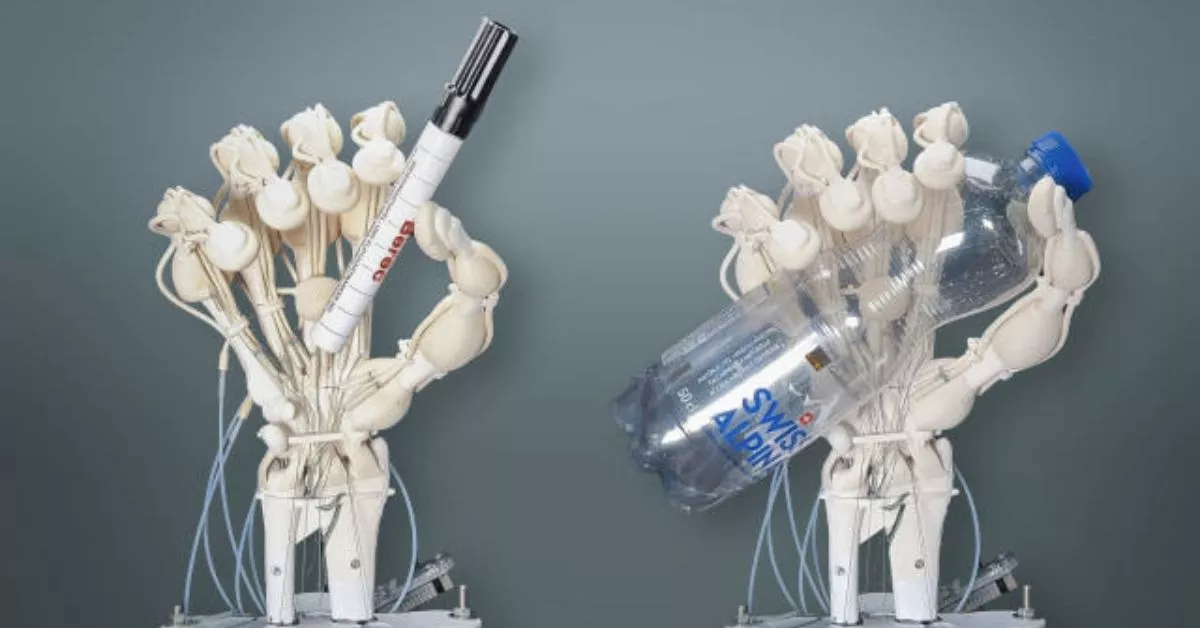In a captivating fusion of robotics and nature’s design, a groundbreaking chapter unfolds as scientists pioneer a new era in robotics. Behold, the emergence of robots not merely as metallic entities but as biomechanical wonders, echoing the elegance of bones, ligaments, and tendons.
The Intriguing Breakthrough:
Guided by innovation’s compass, these scientists have harnessed the power of 3D printing to craft robots that mirror not just form, but function. Intricately woven within these machines are the secrets of nature, etched in bones that offer structural support, ligaments that afford flexibility, and tendons that orchestrate graceful movement.
The Poetry in Engineering:
What emerges is a symphony of technology and biology, where robots transcend the rigidity of metal to embrace the grace of organic design. With the balletic interplay of bones and flexible ligaments, these machines move with an uncanny fluidity, echoing the whispers of the natural world.
The Tapestry of Possibilities:
This technological leap extends far beyond the realms of robotics:
- Medical Marvels: Envision surgical assistants equipped with biomimetic dexterity or prosthetics seamlessly integrating with the human body.
- Exploration and Beyond: Picture robots mirroring our physical capabilities, navigating treacherous landscapes and space with the agility of living organisms.
- Empowering Lives: From advanced assistive devices to enhancing rehabilitation, these innovations hold the promise of transforming lives.

The Overture to Future Frontiers:
As the ink dries on this chapter, the narrative unfolds with endless possibilities. From refining biomechanics to exploring self-regenerative structures, the future vistas promise machines not just inspired by life but intrinsically woven into its fabric.
Frequently Asked Questions
What is the significance of this breakthrough?
The ability to print functional robots with bones represents a significant leap forward in robotics. It has the potential to revolutionize the field by enabling the creation of more robust, versatile, and lifelike robots.
How does this technology work?
The scientists used a 3D printer to create a scaffold made of a hydrogel, a material that is similar to the soft tissue in bones. They then seeded the scaffold with stem cells, which are cells that have the potential to develop into different types of cells. Over time, the stem cells grew and differentiated into bone cells, creating a network of bone tissue within the scaffold.
What are the potential applications of this technology?
This technology has the potential to be used to create a wide variety of robots, including:
- Robots that can assist with medical procedures, such as surgery and rehabilitation.
- Robots that can explore dangerous environments, such as disaster zones and nuclear reactors.
- Robots that can interact with humans in a more natural and intuitive way.
What are the challenges that need to be addressed before this technology can be widely used?
There are a few challenges that need to be addressed before this technology can be widely used. These challenges include:
- Developing methods to create more complex and functional bone structures.
- Improving the biocompatibility of the materials used in the printing process.
- Developing methods to control the growth and differentiation of stem cells.
What is the future of this technology?
Despite the challenges, the future of this technology is promising. Scientists are continuing to make progress in developing new materials and techniques for printing bones, and there is a growing interest in using this technology to create new types of robots.

Conclusion:
The canvas of robotics has been graced by an extraordinary stroke, merging the rigid lines of engineering with the lyrical contours of nature’s elegance. Through this union, humanity takes a step closer to a future where machines don’t merely serve but harmonize with life itself.
In this saga of innovation, scientists stand as modern-day alchemists, transmuting the ordinary into the extraordinary, where robots no longer merely exist but dance to the rhythm of nature’s grand design.
